Corned Beef Burnt Ends
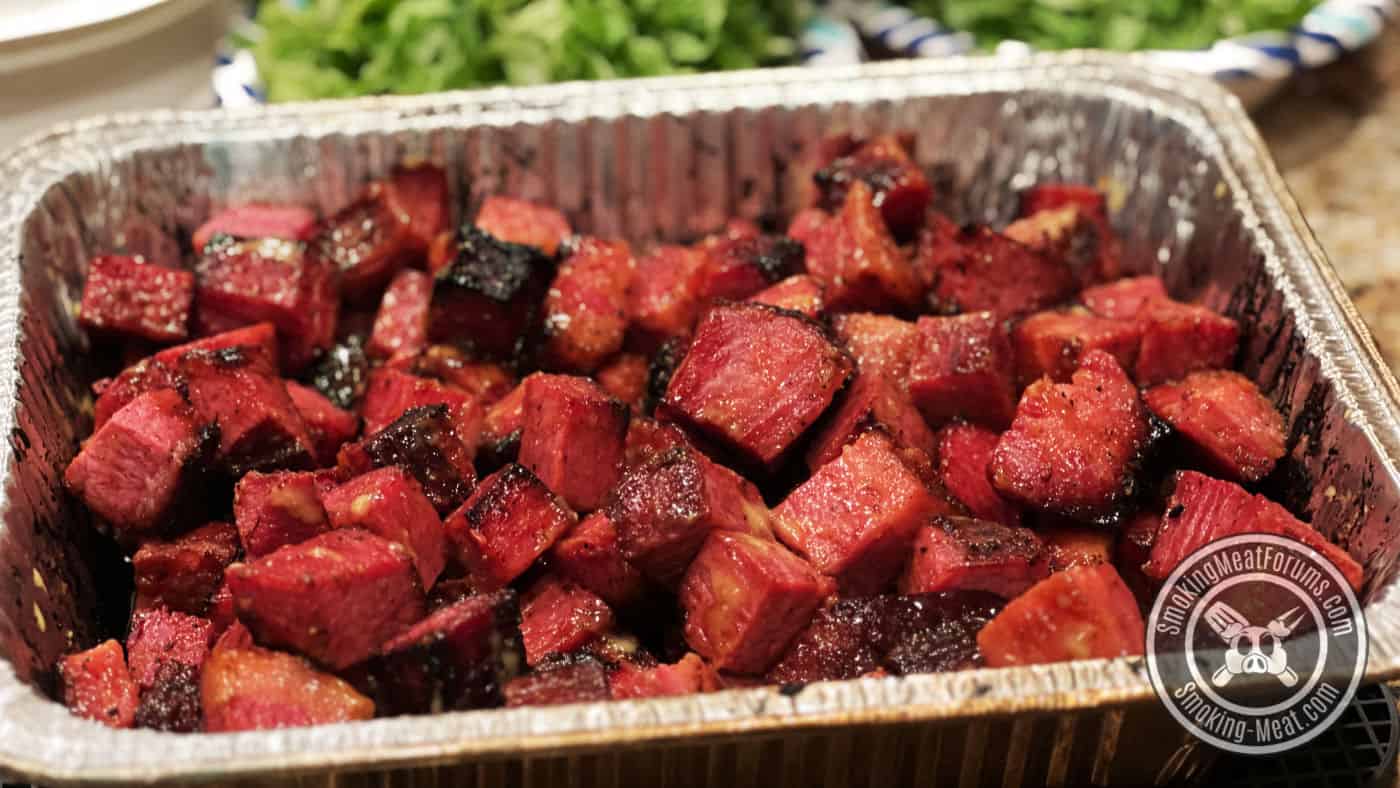
Smoking-Meat.com is supported by its readers. We may earn an affiliate commission at no extra cost to you if you buy through a link on this page.
Read this article without ads
These corned beef burnt ends are yet another chapter in my quest for the most amazing smoked burnt ends.
By the way, you can see all of my smoked burnt end recipes here.
I had this big corned beef brisket flat left over from this past St. Patricks Day and felt like it was time to thaw it out and make something great out of it.
The time is now and you are the fortunate recipient of my creation!
Note: If you're looking for a digital meat thermometer, my guide called “6 best digital meat thermometers” will help you decide which one is best for you.
Helpful Information
- Prep Time: 15 minutes
- Cook Time: 8 hours*
- Smoker Temp: 250°F (116°C) to 275°F (135°C)
- Meat Finish Temp: 195°F (85°C) to 200°F (93°C)
- Recommended Wood: Maple + Cherry
*thickness will determine total cook time
What You'll Need
- 1 corned beef brisket
- 3 TBS spicy brown mustard
- Jeff's Texas style rub
- ¼ cup mustard dressing
What are Corned Beef Burnt Ends?
Burnt ends started out being cubed up brisket point because it was fatty and needed more time in the heat to render and get all nice and crispy.
Over the years, I and a lot of others have tried the same process on various cuts of meat.
The meat is cooked, cubed up, then often coated with more rub and sauce and cooked at very high heat until crispy, tender and slightly blackened.
We'll do this same process to create corned beef burnt ends that will absolutely melt in your mouth!
Here's all of my various burnt end recipes
How to Make Corned Beef Burnt Ends
Step 1: Soak to Remove Salt (optional)
Let's face it.. corned beef is salty and that is the desired flavor for most people. Having said that, if you want something a little less salty, it's easy to remove some of that.
Place the corned beef down into a container of cold clean water and let it soak for several hours. The salt will slowly move out of the meat and into the water.
The longer you soak, the more salt is removed. I recommend starting with 2-4 hours and then you can slice off a little piece, fry it up and see if it's where you want it.
If not, soak it for another couple of hours.
When it tastes perfect, you can move on with this recipe.
Tip, making your own corned beef is a great idea if you don't like them overly salty. My recipe is a lot less salty than store-bought and it's pretty easy to do although it does take about 10 days of soaking in the fridge.
Here's the recipe for making your own corned beef if that interests you.
Step 2: Add Low-Salt Seasoning
This may be obvious, but while a seasoning should be added to give that corned beef burnt ends some good flavor, it needs to be super low in salt.
I use my Texas style rub for this as it is really low in salt but if you have something different, that's fine too.
I use spicy brown mustard as a binder and to give it a little horseradish flavor because that goes great with corned beef burnt ends!
Lay the corned beef fat side down into a pan with a rack.
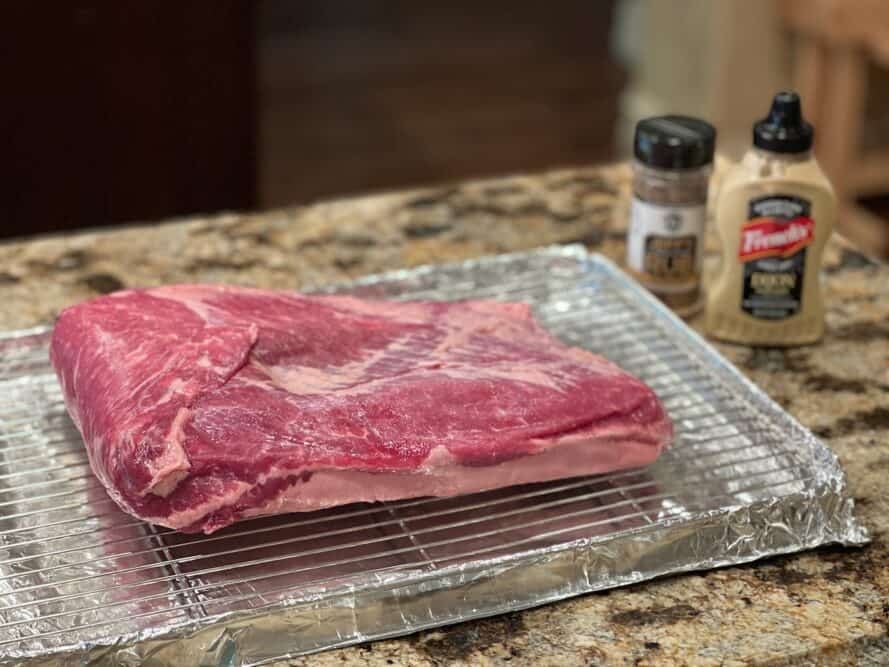
Rub the mustard all over the top and sides of the meat. You don't really need to worry about the fat side.
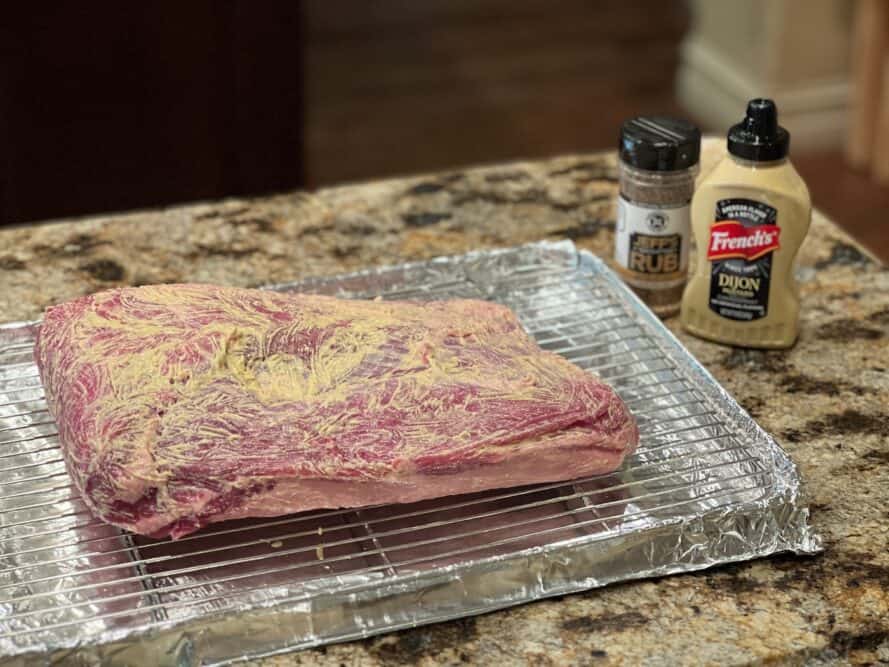
Sprinkle my Texas style rub onto the top and sides of the corned beef brisket and let it sit there while you go get the smoker fired up.
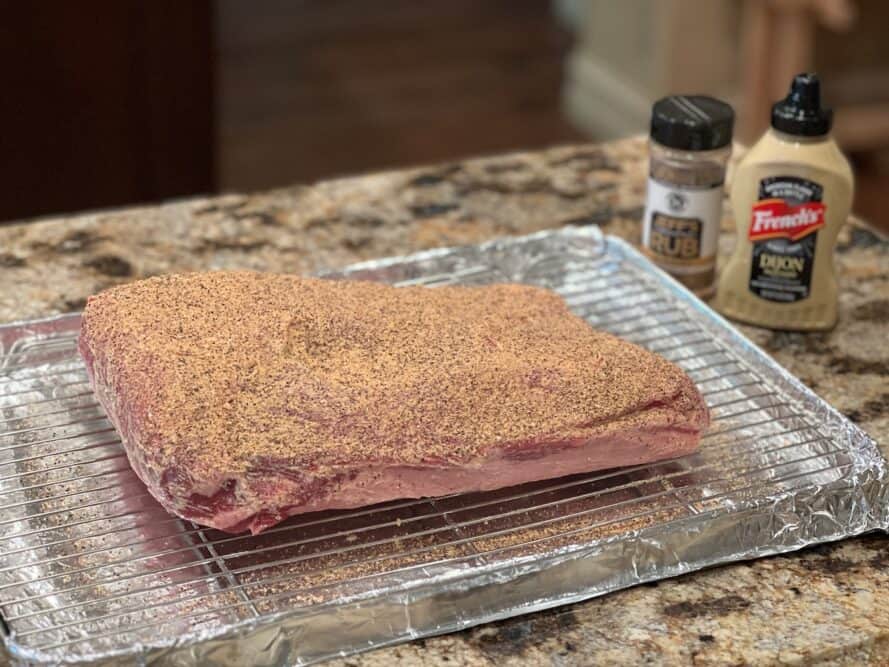
Step 3: Fire Up the Smoker
You can use any smoker for this and it will work fine. I opted to use a pellet smoker since I was busy, busy, busy that day and needed to do other stuff while this cooked.
Setup the smoker for cooking at about 250°F (121°C) to 275°F (135°C) and if your smoker uses a water pan, fill it up for some good humidity.
Note: if you're using a pellet smoker, you have a couple of options to make sure you get plenty of smoke on this thing:
- Start off cooking in the special smoke setting and leave it on that for the first hour before turning it up to 250°F (121°C).
- Use a smoke tube to apply lots of smoke and just let the pellet smoker provide the heat.
I used the smoke tube option.. and if you're a pellet smoker user and not using a smoke tube, you are missing out.
How to Use a Smoke Tube
- Fill the smoke tube with pellets
- Light one end with a big propane torch.
- Once it's burning real good, set it in the pellet.
- Make sure it has access to a little air in order to continue smoldering.
- Fill tube with pellets
- Ligh ‘er up!
- Place in smoker
- Give it some air
Once the smoker is up to temperature and you have some good smoke flowing, it's time to put the meat on the smoker so we can make some corned beef burnt ends!
Step 4: Let's Cook!
Place the corned beef brisket on the smoker grate or you can use a pan with a rack like I did. This works great, allows plenty of smoke to get to it and keeps your smoker cleaner.
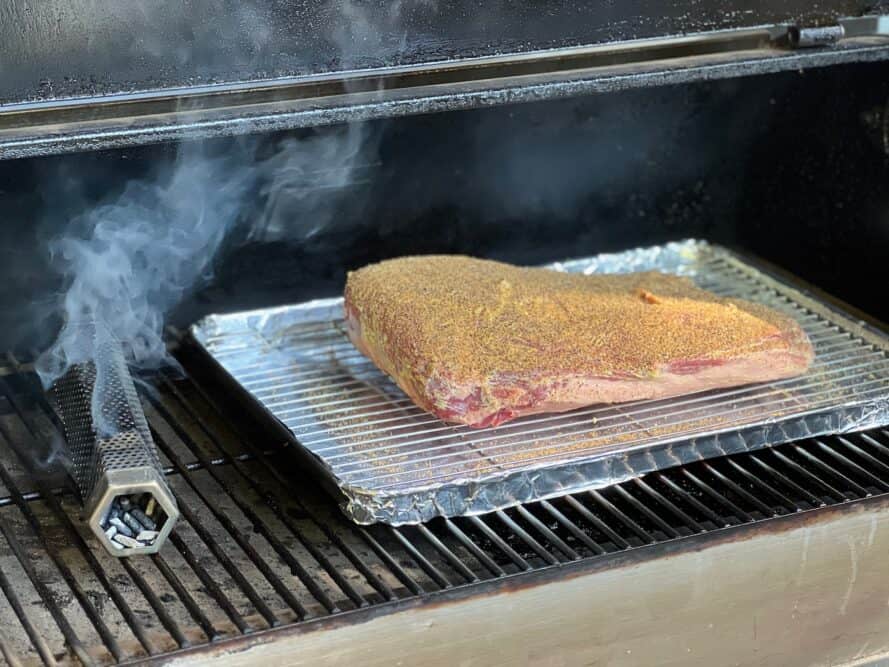
Let that thing cook for about 5 or 6 hours or until it reaches 160°F (71°C) internal temperature.
I used the Signals by ThermoWorks to keep tabs on the temperature but you can also use a Thermapen or other instant-read thermometer if you prefer.
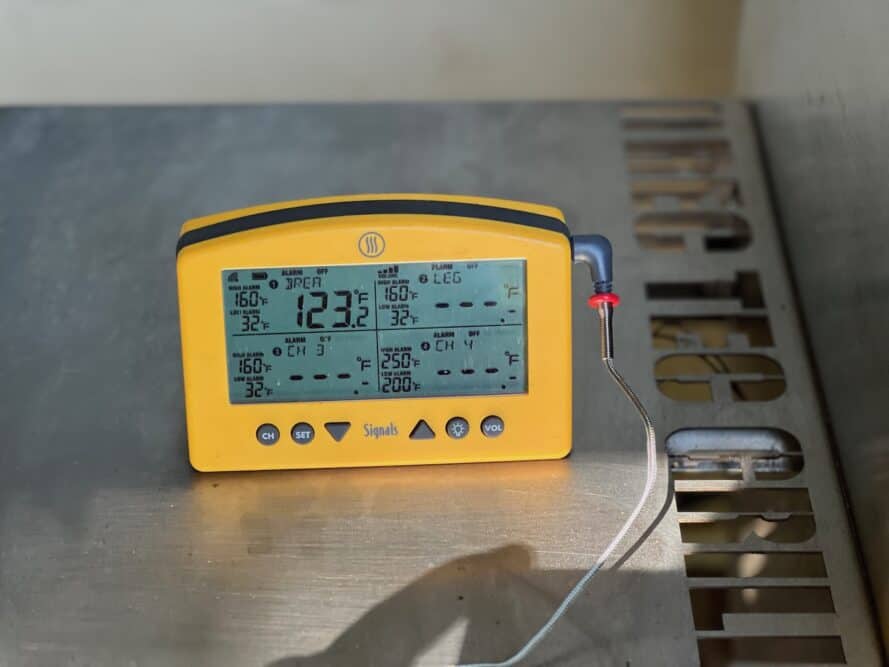
Note: If you're looking for a digital meat thermometer, my guide called “6 best digital meat thermometers” will help you decide which one is best for you.
Step 5: Wrap it Up
When the meat reaches an internal temperature of 160°F (71°C), place it in a half-size foil pan covered with foil or you can wrap it in foil.
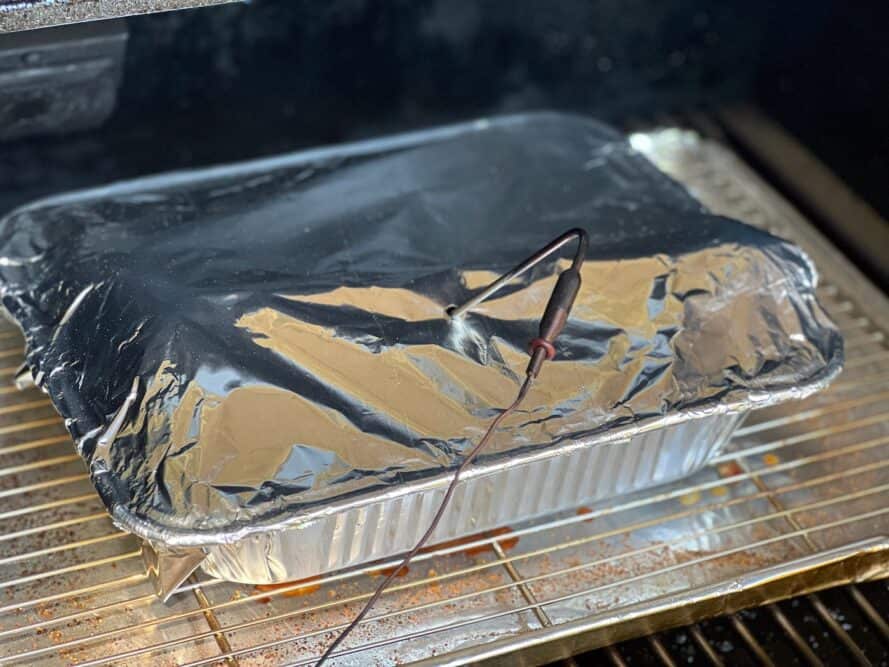
Butcher paper would also work great.
Some people pour beer or apple juice down in the pan or foil to provide more steam. I opted to just keep it simple and not add anything.
Step 6: Cube it Up
When the corned beef brisket reaches 195°F (91°C) to 200°F (93°C) it's time to cube it up. Make sure it's good and tender and bring it into the house for this operation.
Pour the rendered brisket juice into a separate container or jar if possible.
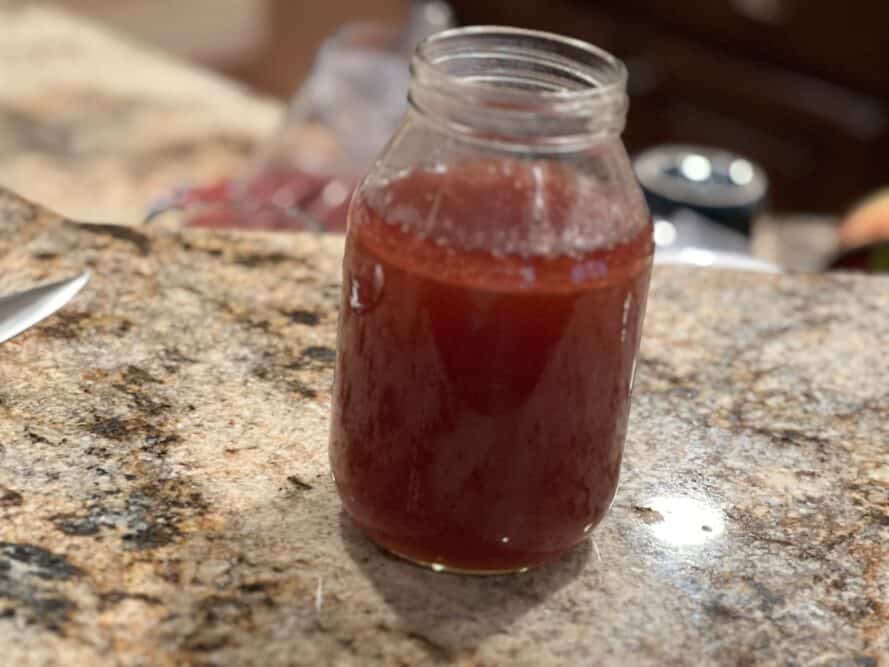
Note: My corned beef brisket was HUGE at about 8 lbs and it was fairly thick.
I sliced mine up across the grain and about 1-inch thick.
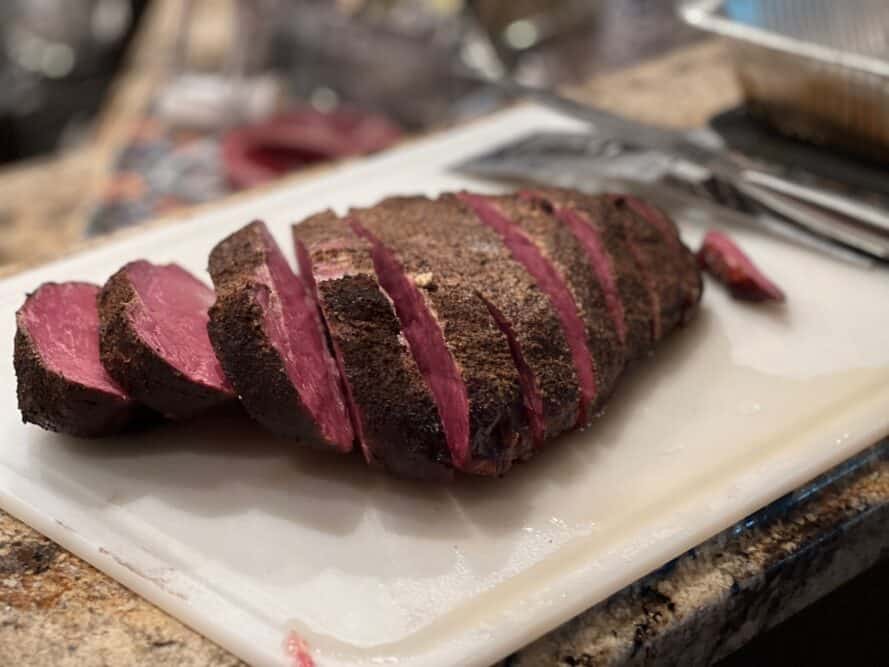
I then laid the slices flat and cut them in half lengthwise then further into pieces 1-inch wide.
If your corned beef is not very thick, you may not have to cut the pieces in half before you cube it up.
Place the cubes into a foil pan and pour about a cup of that rendered brisket juice over the top and stir to coat.
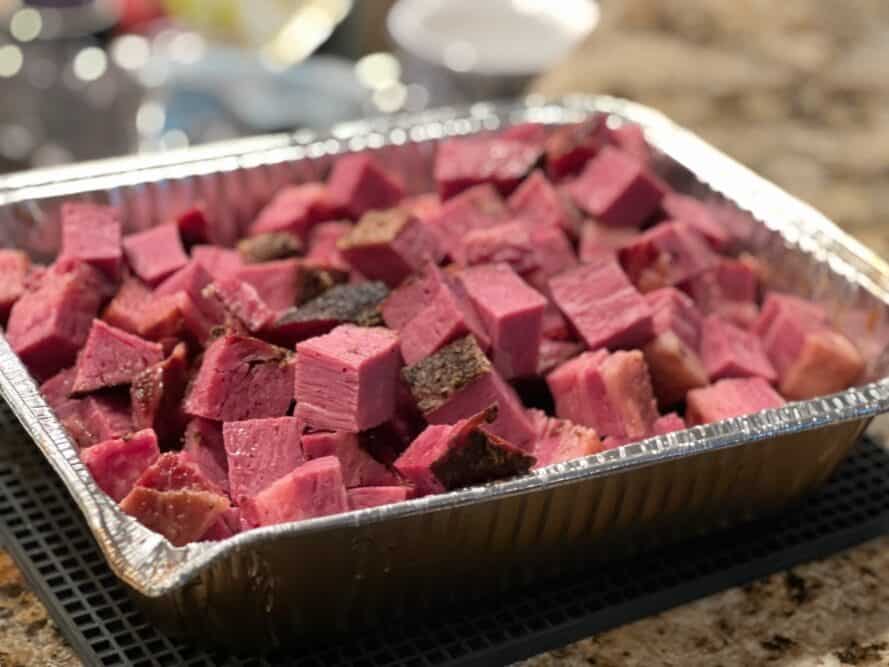
Step 7: Back into the Smoker, Grill or Oven
In this step is where the cubes of corned beef get transformed into corned beef burnt ends.
Corned beef burnt ends should end up with lots of browning and crispy bits around the edges.. you'll need really high heat for this.
I cranked the pellet smoker up to HI and let it get up to 600°F for maximum “burnage”.
I also stirred them about every 20 minutes to get uniform “burnage”.
Additionally, I poured honey mustard dressing on the corned beef burnt ends a couple of times during this last step to give them more mustard flavor and a little something to help with the crispiness.
You can also just use more of the brisket juice to keep them moist if you prefer.
Step 8: Serve 'em Up!
The corned beef burnt ends are finished when they are as crispy, blackened and perfect as you like them.
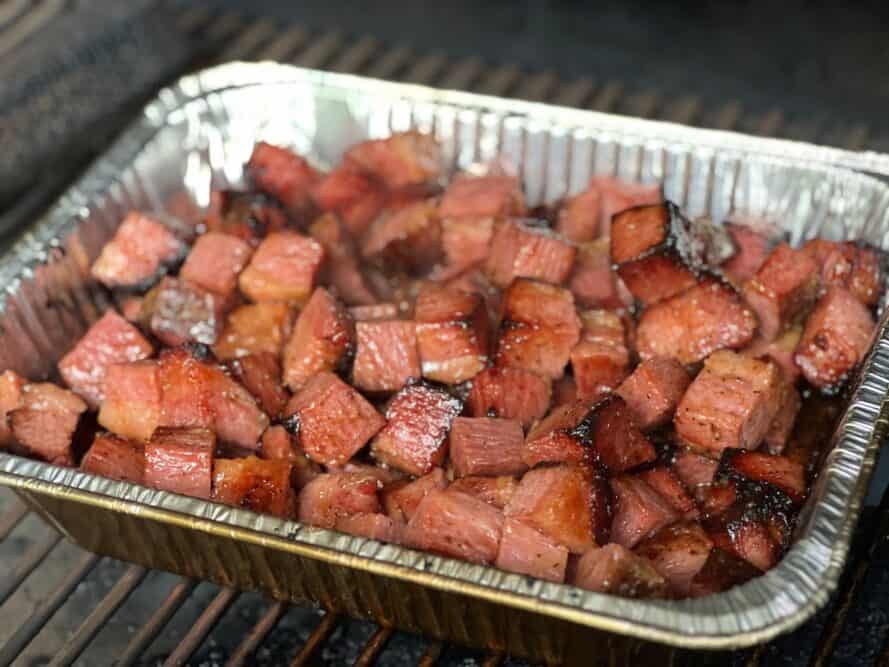
Bring them in and serve immediately as appetizers, with sauerkraut or on hoagie buns with sauerkraut.
The options are endless.
Enjoy!
Note: If you're looking for a digital meat thermometer, my guide called “6 best digital meat thermometers” will help you decide which one is best for you.
Corned Beef Burnt Ends
Ingredients
- 1 corned beef brisket
- 3 TBS spicy brown mustard
- Jeff's Texas Style Rub
- ¼ cup mustard dressing
Instructions
- Place corned beef brisket fat side down on the counter or onto a pan with a rack.
- Coat top and sides with spicy brown mustard.
- Sprinkle Jeff's Texas style rub onto the top and sides of the meat
- Prepare smoker for cooking at 250°F (121°C) to 275°F (135°C) using a mix of cherry and maple wood chips or whatever smoking wood you have available.
- If your smoker uses a water pan, fill it up.
- Place meat onto the smoker grate or you can place the pan with a rack into the smoker.
- When the internal temperature of the corned beef reaches 160°F (71°C), place the meat into a foil pan covered with foil and continue to cook.
- When the internal temperature reaches ~200°F (93°C), bring the meat into the house and cube it up into pieces that are about 1-inch x 1-inch. (be sure to save any rendered brisket juice that is in the pan)
- Place the cubes back into the pan and pour about 1 cup of the rendered brisket juice over the cubes.Note: If you are using a pellet smoker, raise the temperature to HI otherwise use your grill or an oven on HI heat or about 500°F (260°C).
- Continue cooking the pan of cubed corned beef brisket burnt ends on very high heat until they begin to darken and get crispy edges.
- Coat with honey mustard dressing a time or two during this last step to expedite this process and give them another layer of flavor.
- When they are finished cooking, serve immediately.


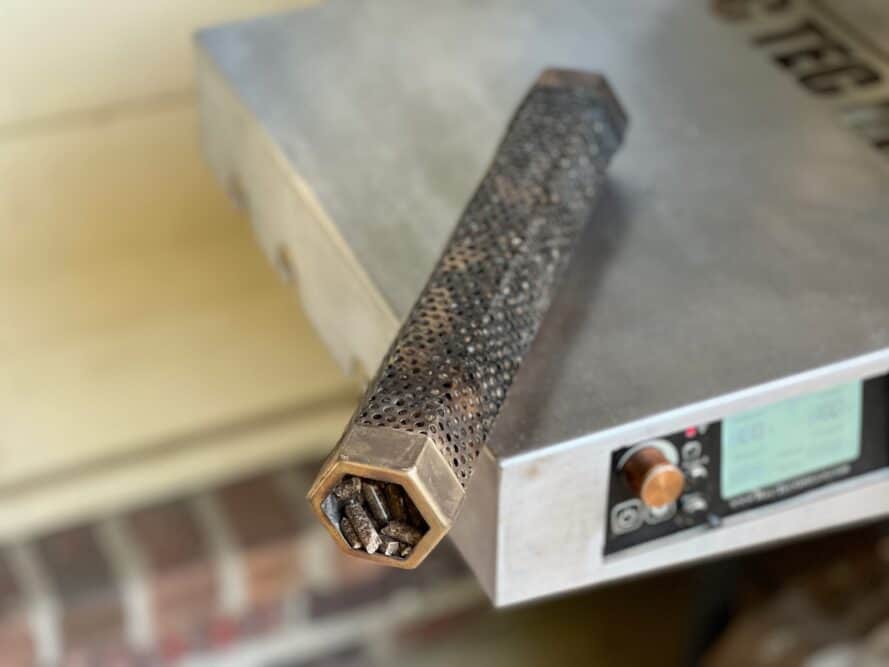
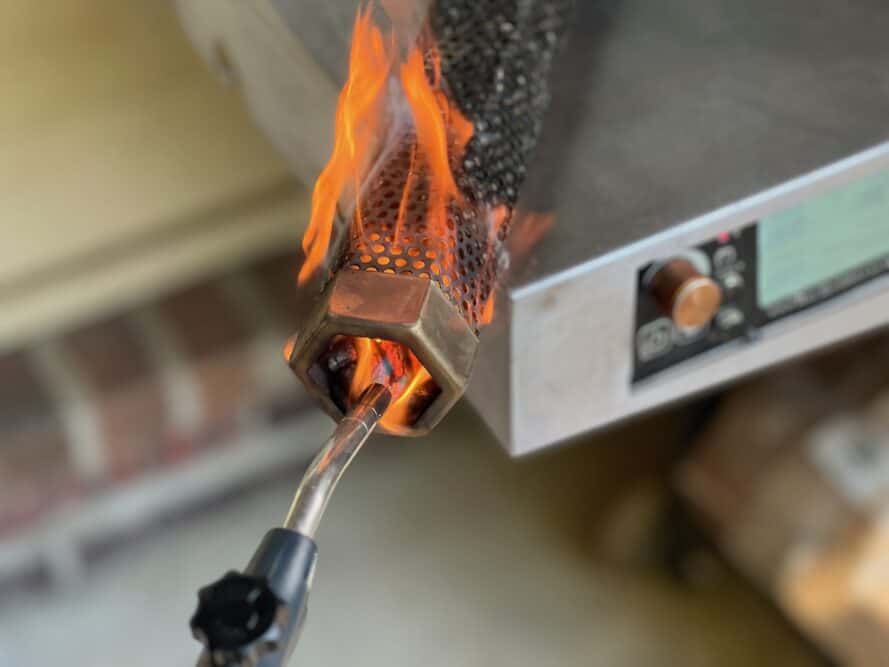
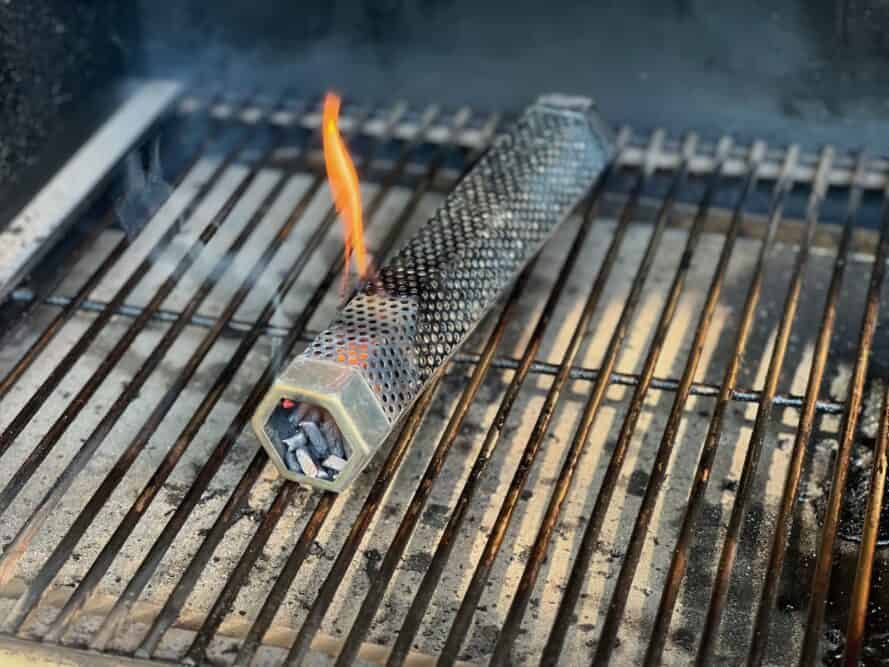
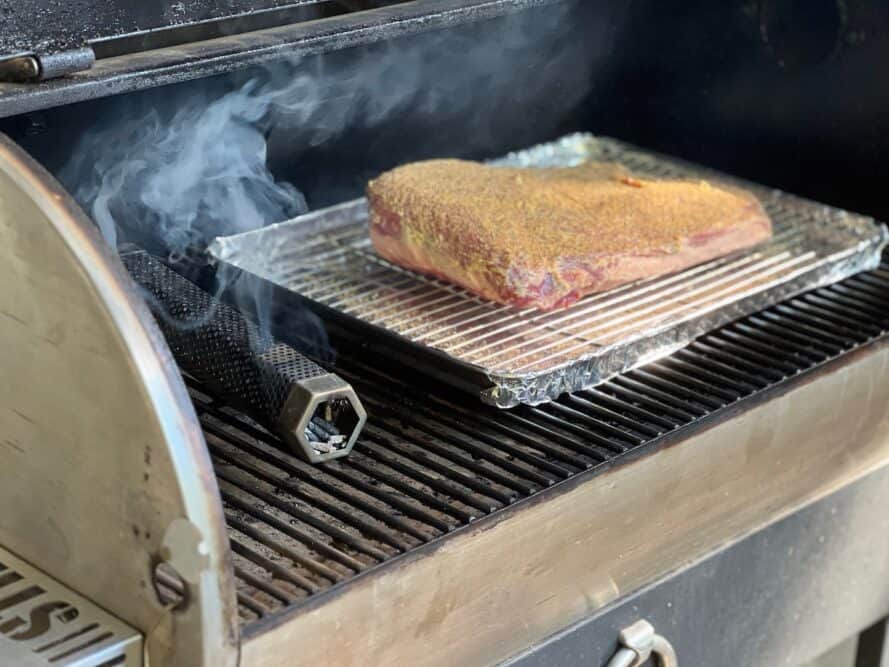
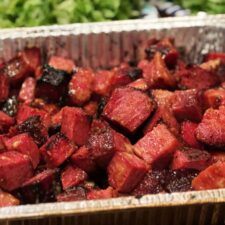
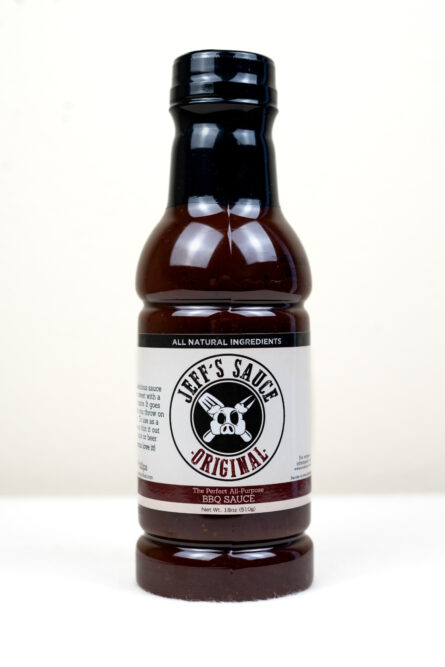
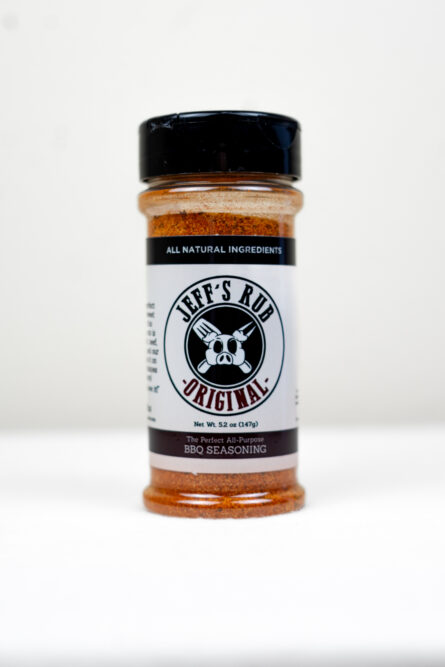
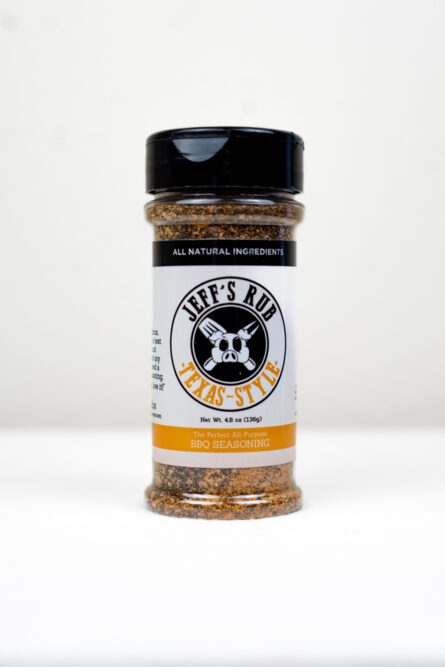
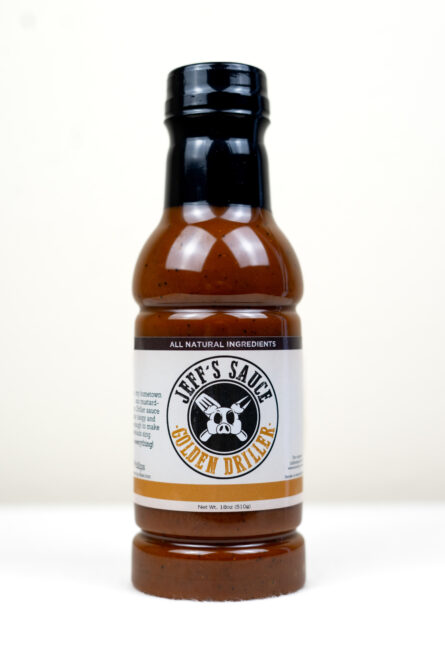
A Question: When we buy a corned beef, it comes in a wrapper with seasoning that you boil with the corned beef for several hours. I take it that you are not using the “corned beef seasoning packet” at all, and just using the piece of meat as it comes out of the package.
I don’t use the seasoning packet. I don’t think it would hurt anything if you wanted to use it, but I usually just toss that and use what I know is good.
Jeff – I just wonder if the meat inside the package is much more than a piece of brisket until it is boiled with the seasonings to make it a “corned” beef. I admit that I have never thought of using the piece of beef any other way than boiling it with the seasoning packet, but that would cook it, and destroy any chance of smoking it, etc.
Loved it Thank You
Sounds amazing as all your cooking does. been learning from your materials for almost 10 years now and havent seen a bad one yet.
Disappointing from start to finish. There are many different ways to make burnt ends. This is not one of them. Did find a great honey mustard sauce though.
Have not tried yet. But anybody that cooks and knows Jeff and his recipes doses not need to call him out that this is pastrami Burt ends? I like the soaking process as with cured meat a lot of salt is used and i did not know you can reverse some of that? Can not wait to try it out. I always wait for the sale after St P to buy the brisket.
Do you use a commercial mustard dressing or a home creation?
Have you mixed bbq sauce with the pastrami burnt ends as well?
Wondering why they can’t be cubed up raw and smoked, like I do with a chuck roast, and pork belly burnt ends? Seems like it would save a lot of time.
Jon, You can certainly do that and see how it goes.. in theory it should be fine. I have noticed that sometimes large pieces of meat like brisket tend to end up more moist when they are cooked as a whole rather than in pieces or slices but that may not be an issue here. This is not as common with pork belly since those have so much internal fat.
Gotcha, thanks for the reply Jeff!
Do you have good recipe for smoked pork belly?
Smoked corned beef, is that not called pastrami? Admittedly you’re not using coriander in the rub, but still.
Yes, once corned (cured) beef is smoked, it is called pastrami. Coriander is the typical spicing but it’s pastrami either way.
Jeff,
This is not corned beef it really is pastrami. Corned beef is only boiled and steamed.
Would it be safe to finish them off on the grill instead of the smoker as you’ve done in other burnt end recipes?
Yes.. that will work just fine.
So … technically pastrami burnt ends, eh (smoked corned beef = pastrami)?
I did this before (cubed corned beef and burnt), but it WAS too salty, so I’ll have to try the de-salting.
Yes, technically pastrami. The soaking really helps a lot.